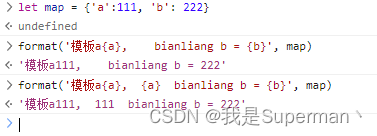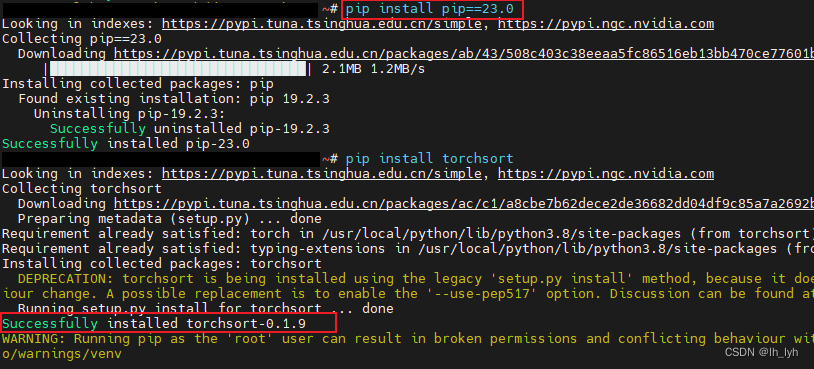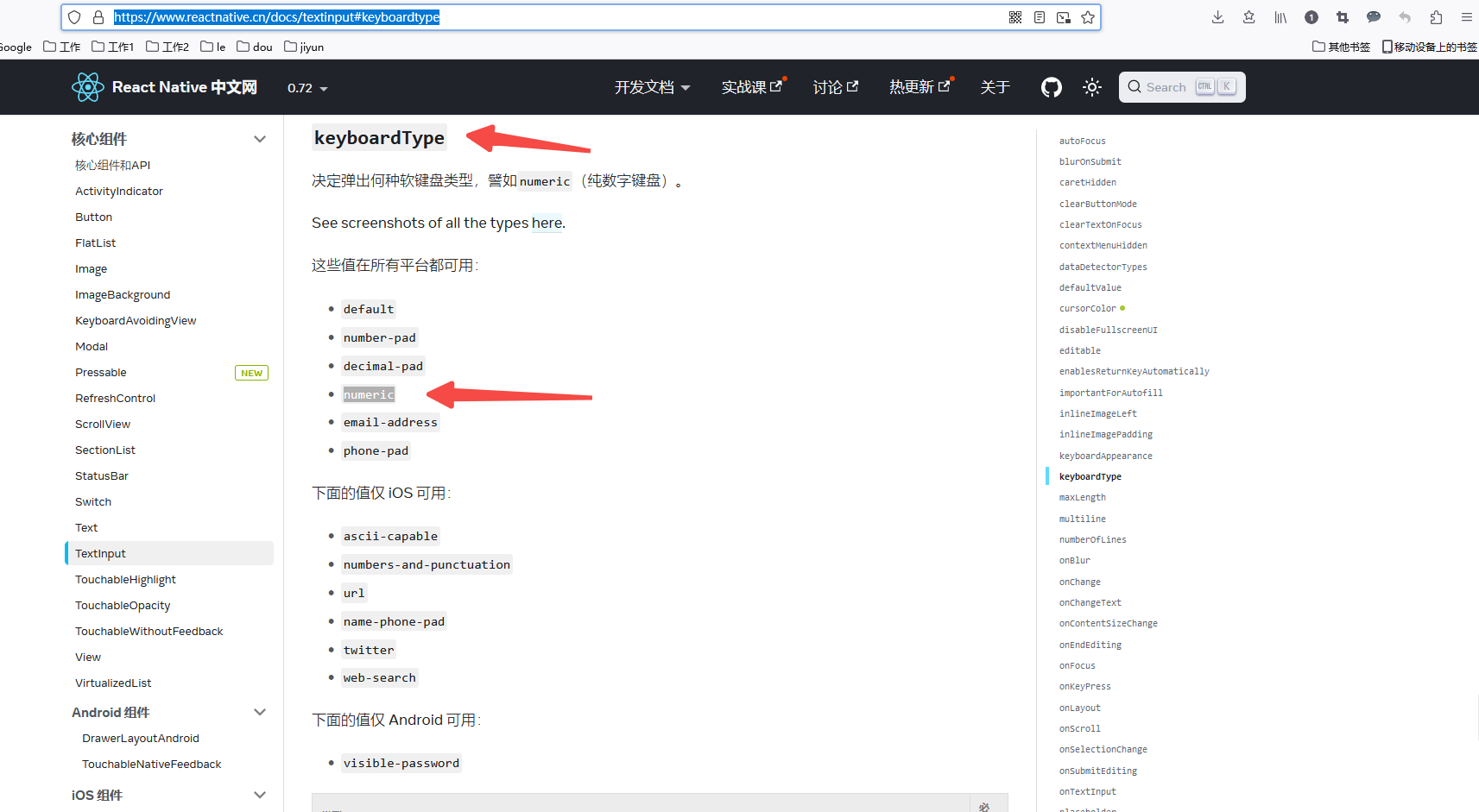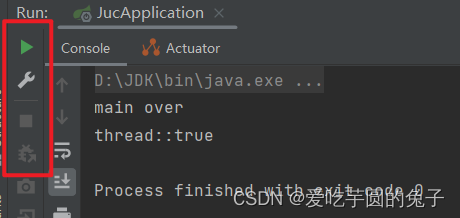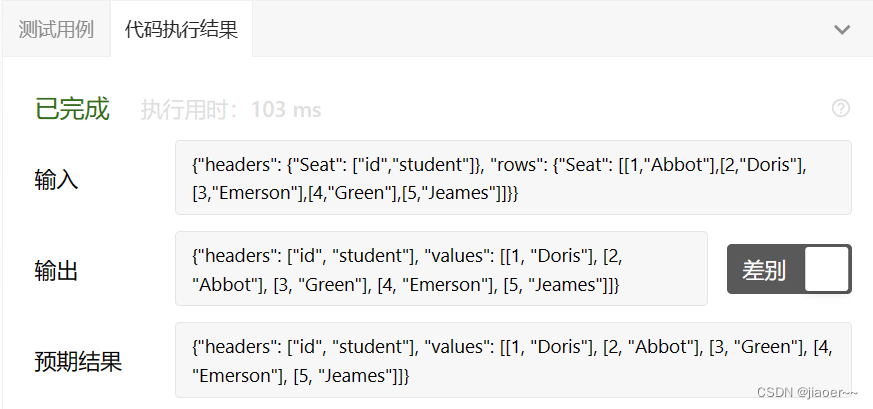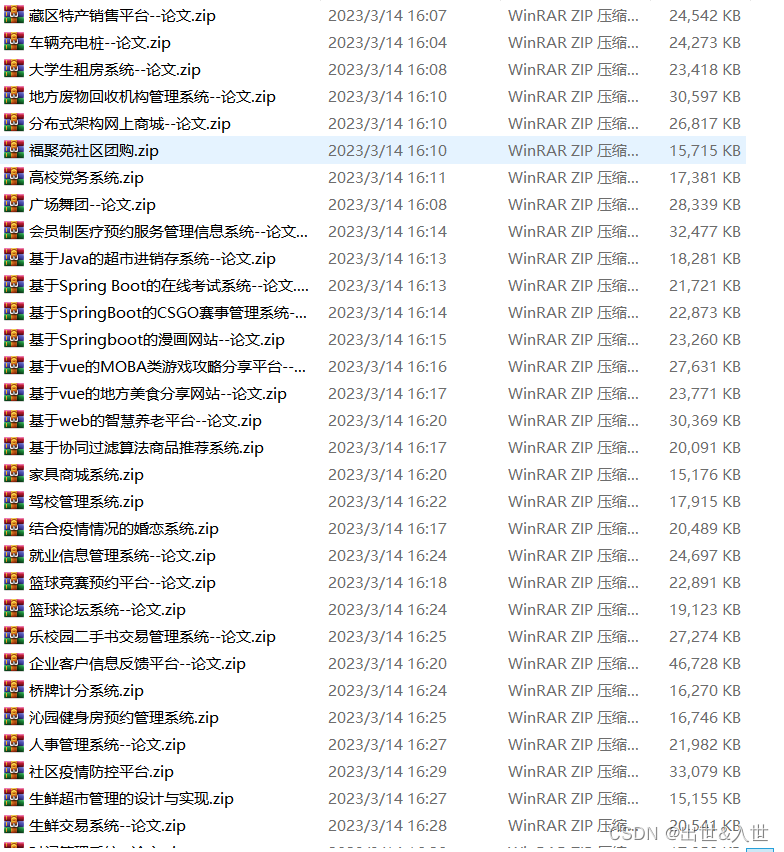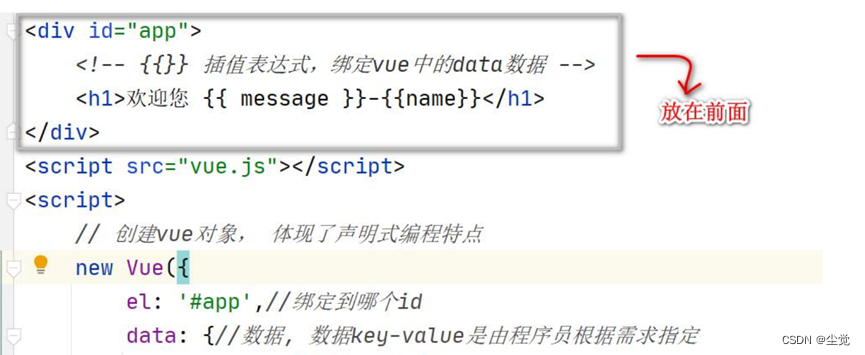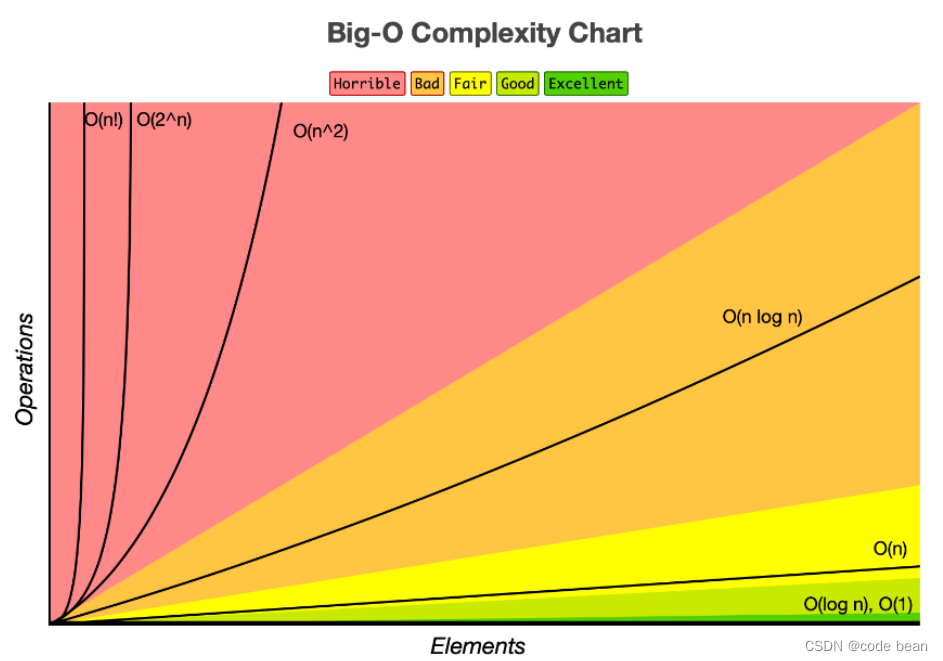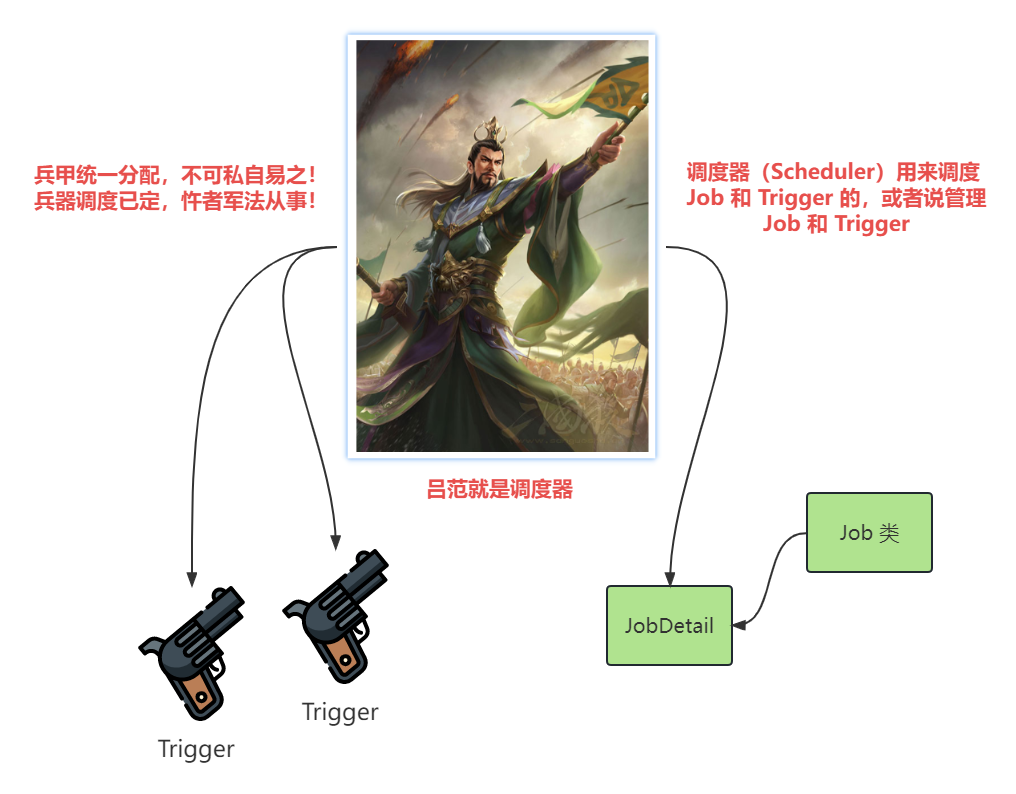有序的格式化文本,使用{number}做为占位符 通常使用:format("this is {0} for {1}", "a", "b") =》 this is a for b
形参:
pattern – 文本格式 arguments – 参数
返回值:
格式化后的文本
/**
* 设置字符串format函数
* 例子: '你好, {0}, 我是{1}'.format('世界','张三')
效果 你好,世界,我是张三
*/
String.prototype['format'] = function () {
const e = arguments;
return !!this && this.replace(/\{(\d+)\}/g, function (t, r) {
return e[r] ? e[r] : t;
});
};格式化文本,使用 {varName} 占位 map = {a: "aValue", b: "bValue"} format("{a} and {b}", map) ---=》 aValue and bValue
形参:
template – 文本模板,被替换的部分用 {key} 表示 map – 参数值对 ignoreNull – 是否忽略 null 值,忽略则 null 值对应的变量不被替换,否则替换为""
返回值:
格式化后的文本
/**
* 格式化字符串
* @param 数值
* @param 类型
* map = {a: "aValue", b: "bValue"} format("{a} and {b}", map) ---=》 aValue and bValue
* @returns {string}
*/
function format(template, map) {
if(!template){
return ''
}
if(!map){
return template
}
for (let mapKey in map) {
template = template.replaceAll('{' + mapKey + '}', map[mapKey])
}
return template;
}效果
